Sage | Salvia officinalis
Salvia officinalis commonly called sage, is the culinary sage familiar to most cooks. It is a perennial, evergreen subshrub native to the Mediterranean region, though it has naturalized in many places throughout the world. The herb belongs to Lamiaceae (mint) family along with oregano, lavender, rosemary, thyme, and basil. The genus name comes from the Latin word salveo meaning to save or heal, in reference to its medically curative properties attributed to some plants in the genus.
It has been admired for centuries for its medicinal and culinary uses, and in modern times as an ornamental garden plant. Since ancient times it has been used for guard evil, increasing women’s fertility, snakebites and much more. In the early middle Ages, Charlemagne recommended the plant for cultivation and in monastery gardens it was cultivated during the Carolingian Empire. Through the middle Ages, the plant was highly reputed for its healing values and properties. It is also considered as an ingredient of Four Thieves Vinegar named S. salvatrix which helps to keep the plague at bay.
Treats:
- Cognitive function and cognitive disorders
- Low immune system
- Hair loss
- Diabetes
- Inflammation
- Cardiovascular health
- IBS
- Depression
- Anxiety
- Bone strength
- Sore throat
- Premature aging
- Gum disease
- Throat infections
- Asthma
- Cellular damage
- Fights free radicals
- Excessive sweating
- Skin conditions
- Alzheimer’s
Common names:
Broadleaf, Dalmatian, Garden, Kitchen , Narrow-leaved, , Salvia, Sarubia, Spanish,Broad-leaved and White sage , Salvia salvatrix
PLEASE CONSULT YOUR MEDICAL PROFESSIONAL FOR CONTRA INDICATION WITH YOUR MEDS
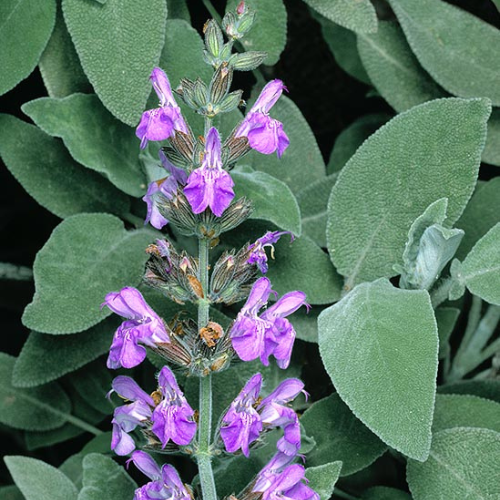
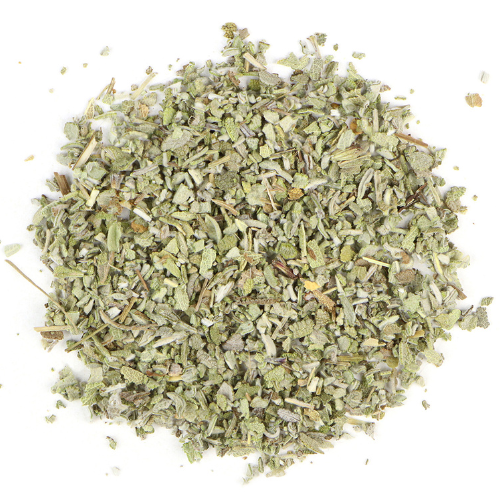
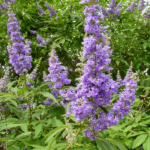
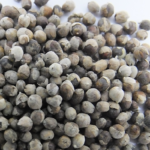
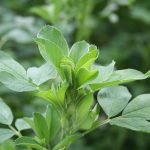
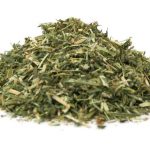
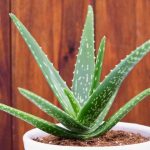
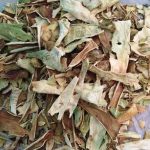
Reviews